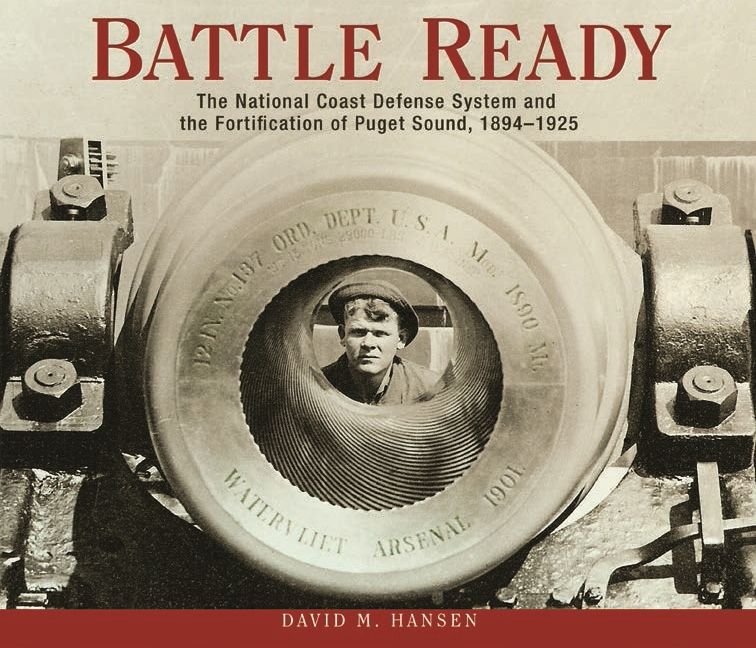Description
Seattle’s population was growing rapidly during the 1880s, but steep hills and shorelines impeded residential development, pushing expansion northward and creating a long, narrow corridor ideal for a public transportation route. Frank Osgood arrived from Boston in 1883, recognized the potential, and opened Seattle’s first street railway the following year, operating from Pioneer Square north on Second Avenue to Pike Street. The tiny streetcars were pulled by horses.
Motivated by potential increases in real estate values, by 1896 thirteen private companies ran streetcar lines in the Emerald City. Horse-drawn streetcars were gone, replaced by electric trolleys and cable cars. But many of the lines were cheaply built or spaced too close together, and small, independent companies lacked economies of scale. Consolidation began, and the Seattle Electric Company acquired almost all of the independent street railways. The firm started a massive improvement and expansion program, and by 1910, ridership totaled 103 million annual passengers—a number equivalent to every Seattleite boarding a streetcar 435 times that year.
Following voter approval, Seattle became one of the country’s first large cities with a publicly-owned transit system. The new Seattle Municipal Street Railway took over operations in April 1919, initially adding new bus routes and extending some existing streetcar lines. But a huge debt load, declining ridership, and the Great Depression caused severe financial troubles and maintenance issues. By 1938, Seattle and San Francisco were the nation’s only cities still operating cable cars. Over the next three years, Seattle converted its entire transit system to trolley coaches and motor buses.
Utilizing narrative, maps, and many previously unpublished photographs, author Mike Bergman offers a detailed jaunt through Seattle’s fascinating streetcar era. Bergman worked as a transit planner for King County Metro and Sound Transit for more than 35 years. He is president of the National Railway Historical Society’s Tacoma Chapter, and has contributed to railroad journals as well as the Seattle Times’ “Now & Then” column.
Illustrations / maps / notes / bibliography / index
ISBN 978-0-87422-407-8 Hardbound / 8 1/2″ x 11″ / 140 pages
Watch Mike Bergman’s Seattle Now & Then interview (September 2021, interview and video by Clay Eals)
Read the American-Rails.com review by Adam Burns










